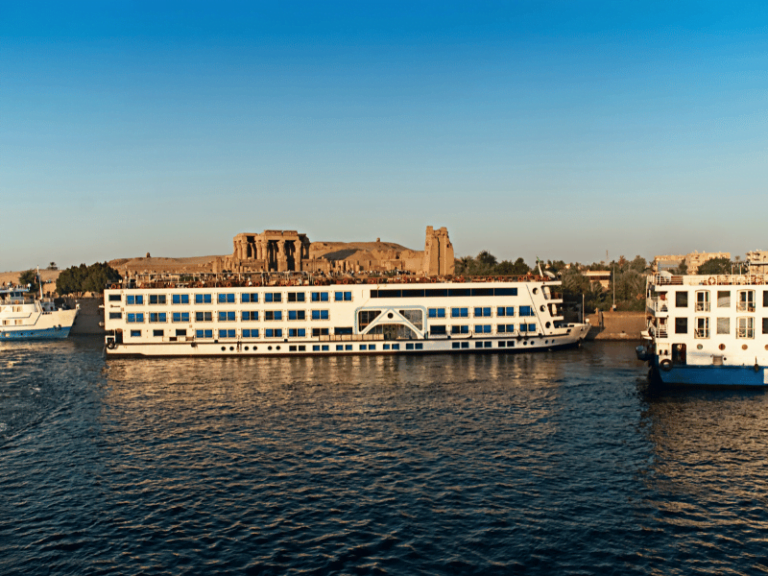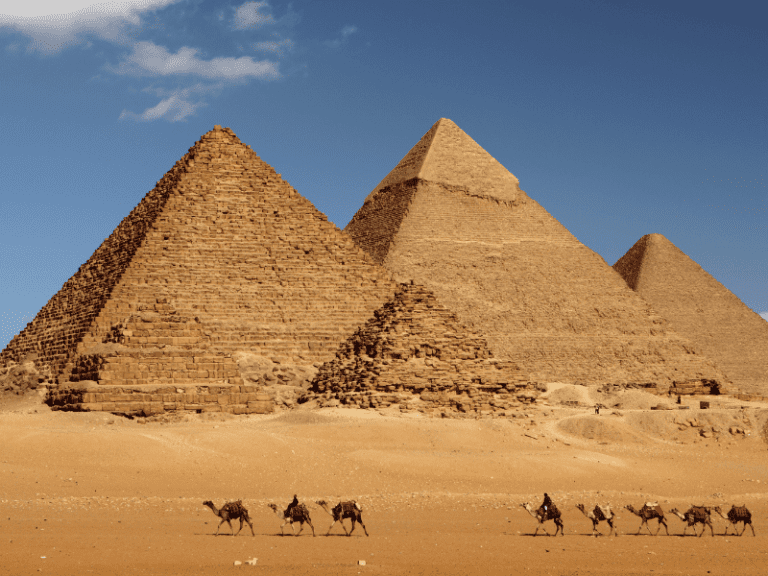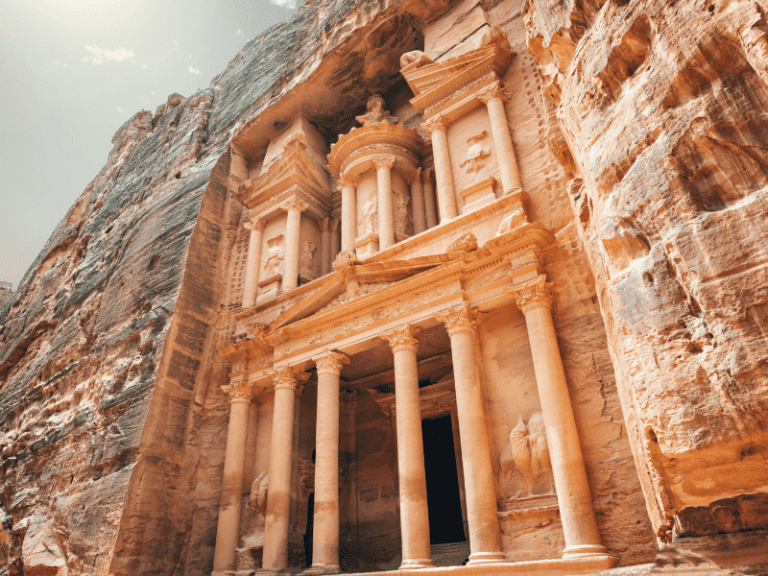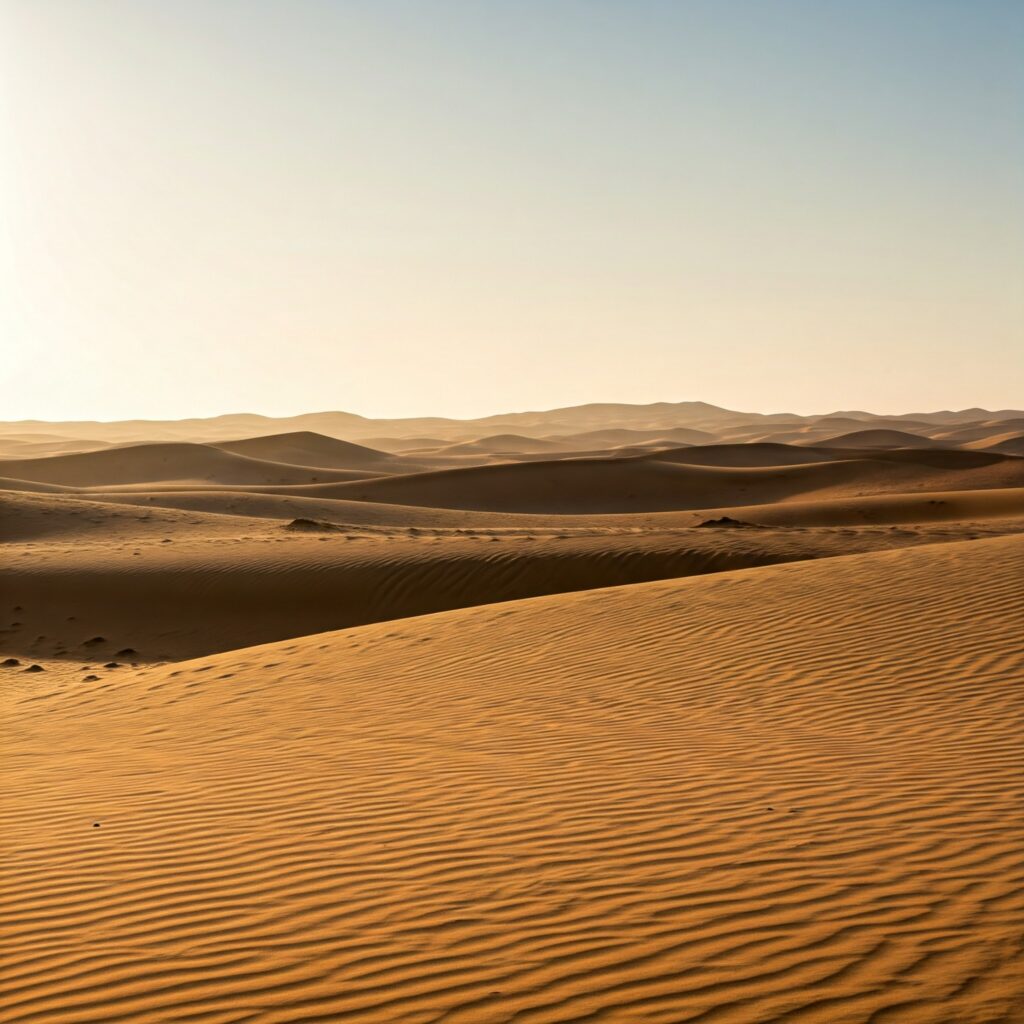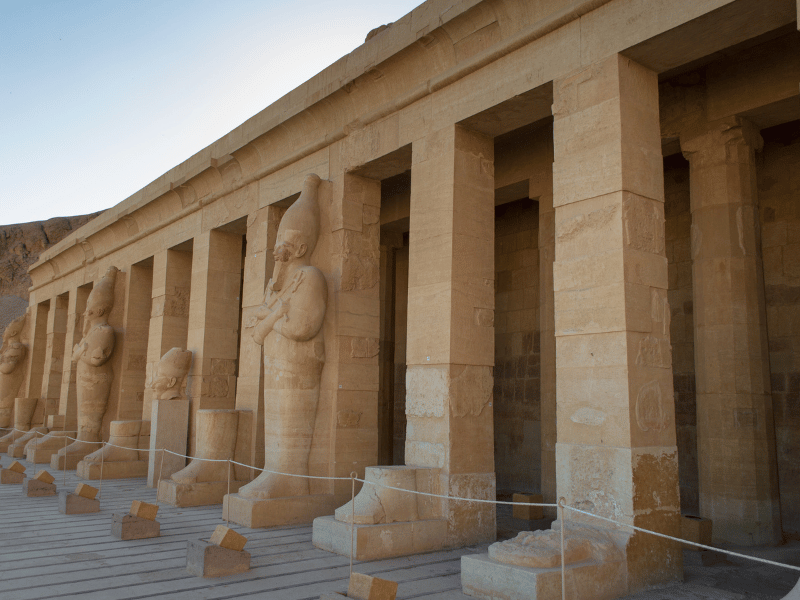A Guardian of Secrets From Ancient Times
The Sphinx is one of the most iconic ancient structures located in Giza, Egypt. Carved out of limestone bedrock around 4,500-4,600 years ago during the Old Kingdom, it is believed to be one of the world’s largest monolithic statues, standing 73.5 meters long, 19.3 meters wide, and 20.22 meters high. For centuries, it has guarded the entrance to the Giza pyramid complex, silently watching over the Nile valley and the ancient city of Memphis located northwest of the site. Its unusual form is that of a recumbent lion with a pharaoh’s head that may represent the pharaoh Khafre. Despite its massive size and grandeur, many mysteries remain unsolved about this enigmatic monument.
- Place: Great Sphinx
- Country: Egypt
- Governorate: Giza Governorate
- Age: Approximately 4,500–4,600 years old
- Population: Tourist site with no permanent residents
- Discovered by: Egyptian archaeologists
- Famous for: The Great Sphinx of Giza
- Nearby locations: Giza pyramid complex, Valley Temple, Causeway
A Colossal Structure With an Unknown Purpose
While touring the Giza pyramid complex, one cannot miss the majestic form of the Sphinx blended into the surrounding rocky massif. Sitting in the midst of arid terrain, it overlooks the Giza Plateau which houses some of Egypt’s most famous ancient structures including the three large pyramids of Khufu, Khafre and Menkaure along with a few smaller satellite pyramids and the Great Sphinx Temple located between the paws of the Sphinx. However, its exact purpose still baffles historians and archaeologists. Some theories suggest that it may have been designed to serve as a monumental statue of the pharaoh Khafre or as a guardian protecting the pharaoh’s tomb located in the Second Giza Pyramid. Others believe it had solar or astronomical alignments. Due to extensive damage over the millennia, many clues about the Sphinx’s original appearance and purpose were also erased.
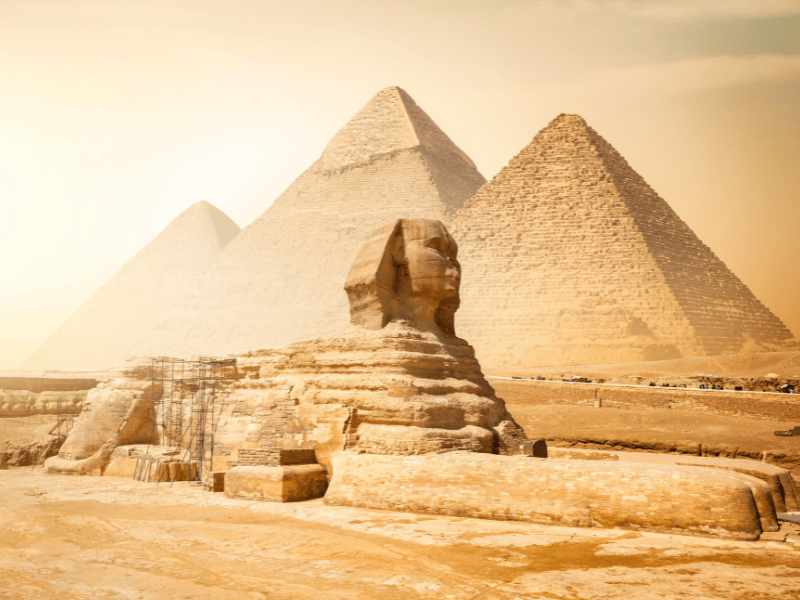


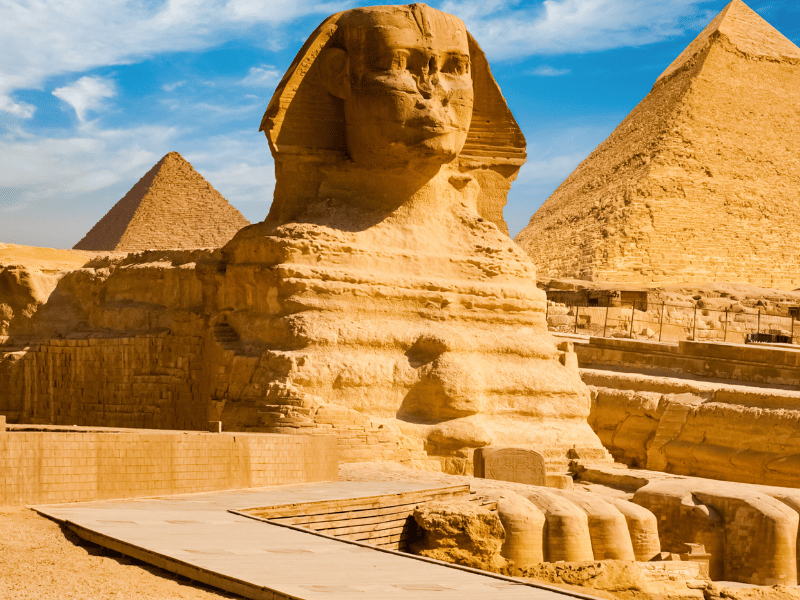
A Symbol of Power and Spirituality
The Sphinx holds great cultural and spiritual significance. Depicting the body of a recumbent lion and the head of a beardless man representing the pharaoh, it came to represent the authority and power of Egyptian kings. Lions were considered sacred in ancient Egyptian culture as symbols of strength, courage, and protection. Placing the head of the pharaoh on the Sphinx’s body portrayed the ruler’s guardianship over the land. Spiritually, it was associated with the sun god Ra and the god Horemheb who was often linked with the daily rebirth and rejuvenation of the sun. This connection to the concepts of resurrection might explain why the Sphinx was positioned to face the east so that it could greet the rising sun each day along with the nearby Temple of the Sun. Its magnificence has inspired awe since antiquity and cemented its status as one of the most iconic ancient sculptures.
Dangers, Damage, and Restoration
Being exposed to the open desert environment for thousands of years, the Sphinx has experienced significant wear and tear. Windblown sand caused heavy deterioration of the soft limestone body leading to gaps, holes, and weathering that distorted some of its features. Cracks and crevices also developed due to groundwater seepage and mineral crystallization during floods. Graffiti by ancient visitors and later Arab artists added further degradation in some areas. Thankfully in the 1980s, extensive restoration work began under Egyptian archaeologist Zahi Hawass to repair and conserve the monument. Loose debris and sand were removed, while damaged sections were filled and reinforced. Ongoing maintenance is undertaken to stabilize the structure and slow further destruction. Despite the repairs, some cracking and weakness persist requiring continued preservation efforts to safeguard the Sphinx for future generations to marvel at its mysteries.
Archaeological Discoveries Around the Sphinx
While the Sphinx sits quietly amid scenic ruins, its surrounding site has revealed fascinating clues about ancient Egyptian civilization buried underground. Excavations in front of the statue uncovered beautifully carved basalt paving stones representing an avenue that once connected the complexes of Khafre and Khufu. Nearby, the remains of the Temple of the Sphinx were also brought to light along with stone fragments from two smaller temples. A collection of statues, stelae, and New Kingdom period rock cut tombs were discovered strewn around the area providing invaluable insights into pharaonic burial customs. One of the most thrilling finds was an intact pavement stone bearing the cartouche, or royal name, of the pharaoh Amenemhat II from the 12th Dynasty attesting to ongoing rituals at the Sphinx long after the Old Kingdom. These archaeologically recovered artifacts are house at the Egyptian Museum in Cairo, preserving pieces of history for future generations.
A Day Trip To Giza's Enduring Monuments
Since the Sphinx has captivated people for millennia, visiting this iconic site is a must for any trip to Egypt. Situated just a short drive from Cairo, Giza makes for an exhilarating day excursion. After arriving at the Sphinx, take time to marvel up close at its immense size and ponder over the riddles of its enigmatic form. Wander along the pedestrian walkway between its front paws towards Khafre’s pyramid looming massive in the background. After admiring the colossal scale of these architecturally stunning monuments, head to the on-site museum to see artifacts found during excavations. Next, refresh at one of the cafes amidst palm trees before exploring the colonnaded courtyards and burial chambers within the pyramids. As the late afternoon sun casts a golden glow over the desert landscape, snap memorable photos with the towering Sphinx framing your shots. The trip allows experiencing history, mystery, and scenic beauty while gaining newfound appreciation for ancient Egyptian accomplishment.
In conclusion, the Great Sphinx of Giza continues to be one of Egypt’s top attractions delighting visitors with its sheer magnificence. Situated majestically at the entrance of the Giza necropolis, it stands as a silent guardian bearing witness to changes over millennia. Though many clues remain elusive, ongoing research and restorations help prevent further damage to this iconic colossus. For those seeking insights into ancient mysteries or simply desiring a magnificent sightseeing excursion, a trip to the Sphinx immerses one in timeless grandeur and intrigue at the heart of one of the world’s most coveted historical sites. Its mysteries ensure this monument will continue enthralling generations to come with mystique shrouding its original intent and majesty.






